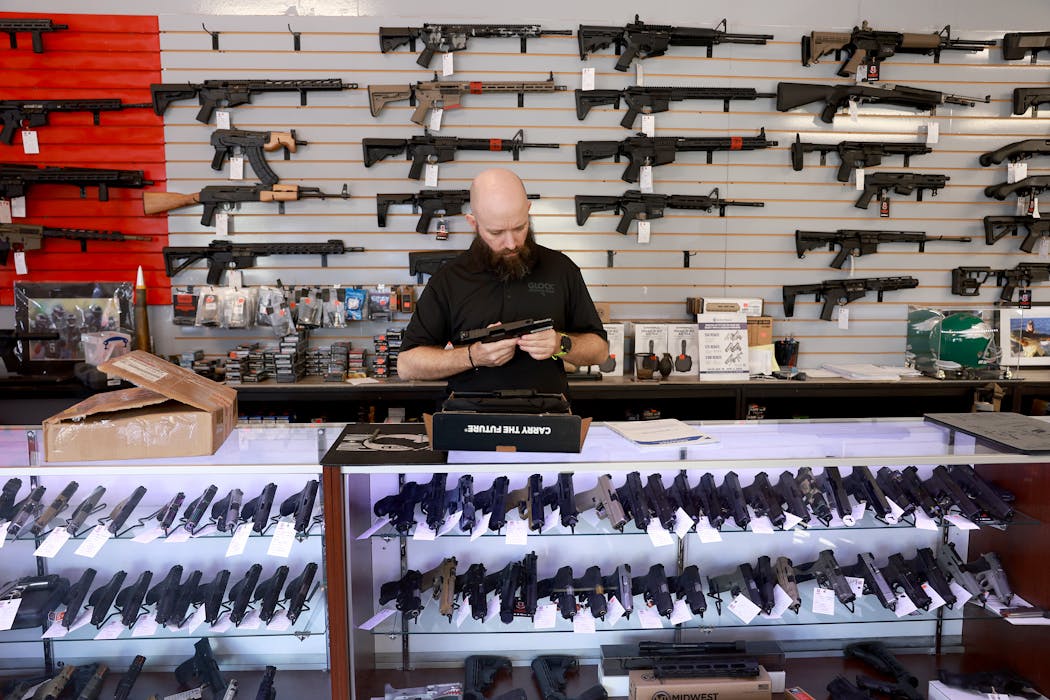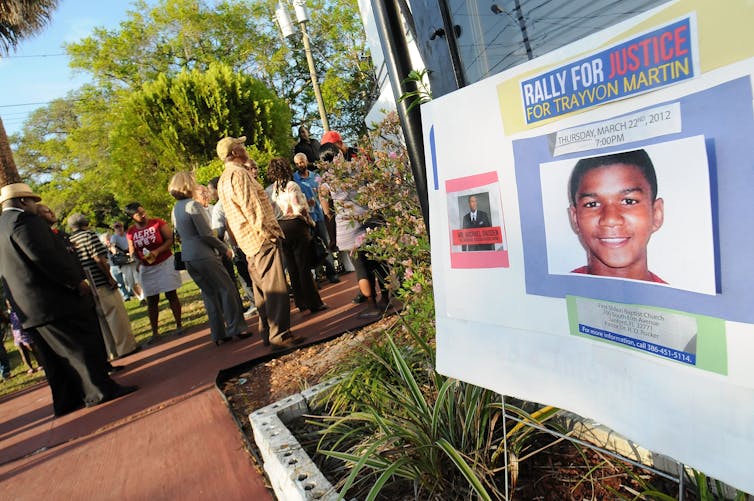Source: The Conversation – UK – By Anna Walker, Senior Arts + Culture Editor, The Conversation
Jane Austen’s Paper Trail is a podcast from The Conversation celebrating 250 years since the author’s birth. In each episode, we’ll be investigating a different aspect of Austen’s personality by interrogating one of her novels with leading researchers. Along the way, we’ll visit locations important to Austen to uncover a particular aspect of her life and the times she lived in. In episode 3, we look at her politics, and what we can learn about her views on slavery through the pages of Mansfield Park.
There are no strident political takes in Jane Austen’s novels, but there are many subtle and carefully crafted signals. As we are learning over the course of our podcast series, she kept her cards very close to her chest.
One of the biggest and most urgent public debates of Austen’s time was slavery. It’s an issue most modern readers would like to see her coming down on the right side of. But she only ever wrote one black character: Miss Lambe in the unfinished work Sanditon (1817). And the novel which deals most with the issue, Mansfield Park (1814), still only mentions slavery directly once.
What we do know is that three of Austen’s brothers were engaged in anti-slavery activism. Her letters also show that she admired the abolitionists Thomas Clarkson and William Cowper. But while it’s tempting to assume Austen shared their convictions, it isn’t that simple – as Mansfield Park demonstrates.

Anna Walker, CC BY-SA
The novel follows Fanny Price, who is taken in by her wealthy relatives, the Bertrams, and raised on their country estate. Mansfield Park explores shifting social dynamics and Fanny’s emotional struggles. Although slavery is not central to the plot, the Bertrams’ wealth comes from a West Indian plantation sustained by enslaved labour.
Like the Bertrams, many people in Austen’s day made their money through the empire. The British economy was highly dependent on enslaved labourers, from the goods they produced to the institutions and industries the economy of slavery funded.
The profits of slavery flooded into the British countryside, supporting the lifestyles of those within the grand estates of the landed gentry. As such, the businesses of slavery and empire are the economic foundations on which Austen’s domestic worlds stand. Yet Mansfield Park is arguably the only novel that glances, however obliquely, toward that reality.
In the third episode of Jane Austen’s Paper Trail, Naomi Joseph visits the Liverpool docks which were at the centre of Britain’s transatlantic slave trade with Corinne Fowler, professor of postcolonial literature at the University of Leicester. Fowler has worked on projects reinterpreting the colonial connections of country houses for both the National Trust and English Heritage.
As the Sun shines upon the Irish Sea where ships once brought enslaved people and the goods they produced to England, Fowler helps us understand the sometimes contradictory feelings Austen seemed to have about slavery.
“Many people tried, and often failed, to make money in empire – and in slavery in particular,” explains Fowler. “The issue of Austen’s position in relation to slavery itself is interesting, because it’s typically really ambivalent.”
Later in the episode, Anna Walker takes a deeper dive into Austen’s view of the slave trade in Mansfield Park with two more experts: Olivia Robotham Carpenter, a lecturer in literature at the University of York, and Markman Ellis, a professor of 18th-century studies at Queen Mary University London.
“I think [Mansfield Park] tells us something quite important about how these incredibly violent institutions were functioning at the level of the domestic household, and what they might mean in actual British women’s lives during the period,” Robotham Carpenter explains.
“This is a book which addresses the topic of wealthy British people’s responsibility for a series of immoral acts in the colonies,” Ellis agrees. However, Austen “didn’t set it in Antigua, she doesn’t have a black character. All the things she could have done, she doesn’t do.”
Listen to episode 3 of Jane Austen’s Paper Trail wherever you get your podcasts. And if you’re craving more Austen, check out our Jane Austen 250 page for more expert articles celebrating the anniversary.
Disclosure statement
Corinne Fowler has received funding from the Arts Council England, English Heritage, the National Trust and the National Lottery Heritage Fund.
Markman Ellis and Olivia Robotham Carpenter do not work for, consult, own shares in or receive funding from any company or organisation that would benefit from this article, and have disclosed no relevant affiliations beyond their academic appointment.
Jane Austen’s Paper Trail is hosted by Anna Walker with reporting from Jane Wright and Naomi Joseph. Senior producer and sound designer is Eloise Stevens and the executive producer is Gemma Ware. Artwork by Alice Mason and Naomi Joseph.
Listen to The Conversation Weekly via any of the apps listed above, download it directly via our RSS feed or find out how else to listen here.
![]()
– ref. Why it’s so hard to know what Jane Austen thought about slavery – https://theconversation.com/why-its-so-hard-to-know-what-jane-austen-thought-about-slavery-269053






